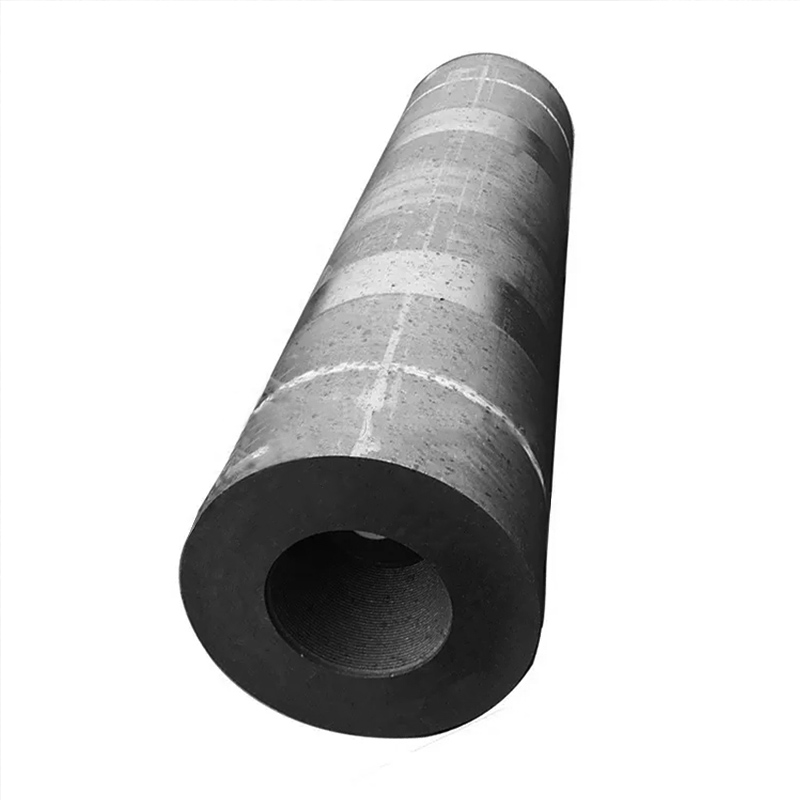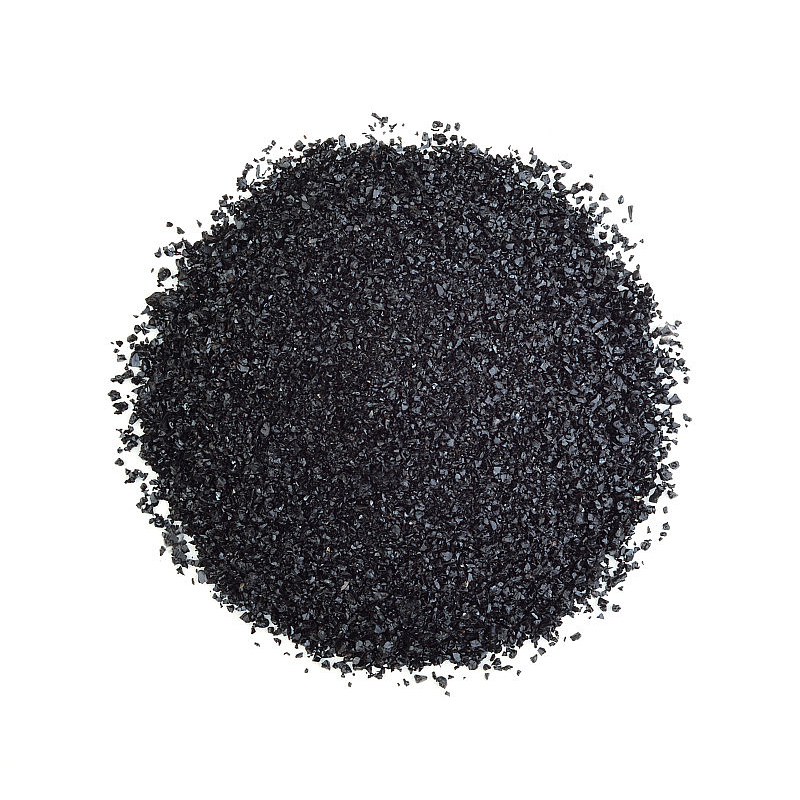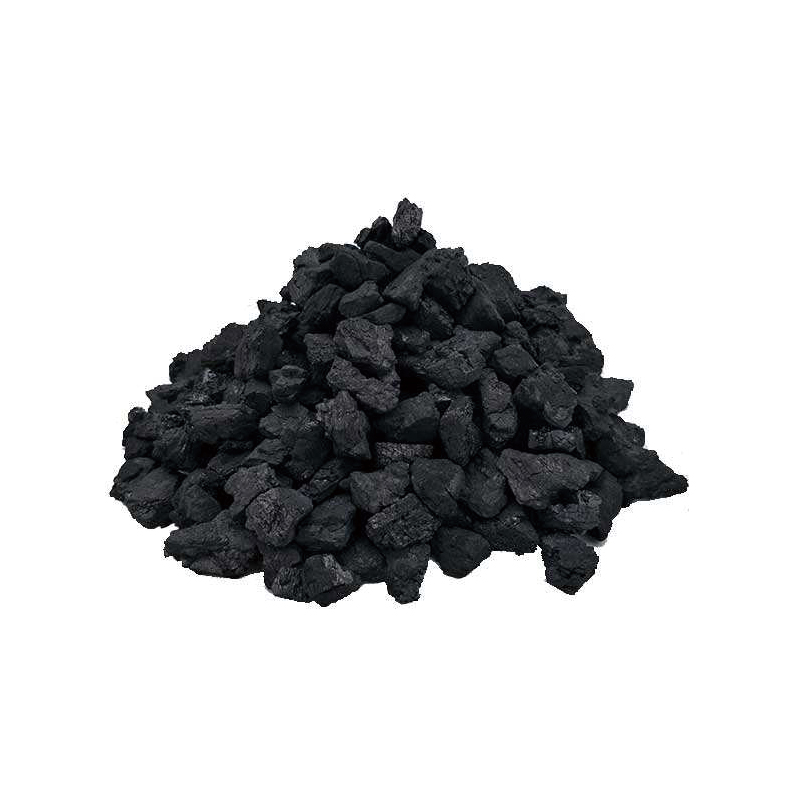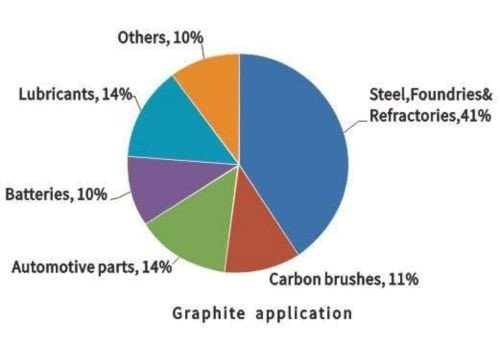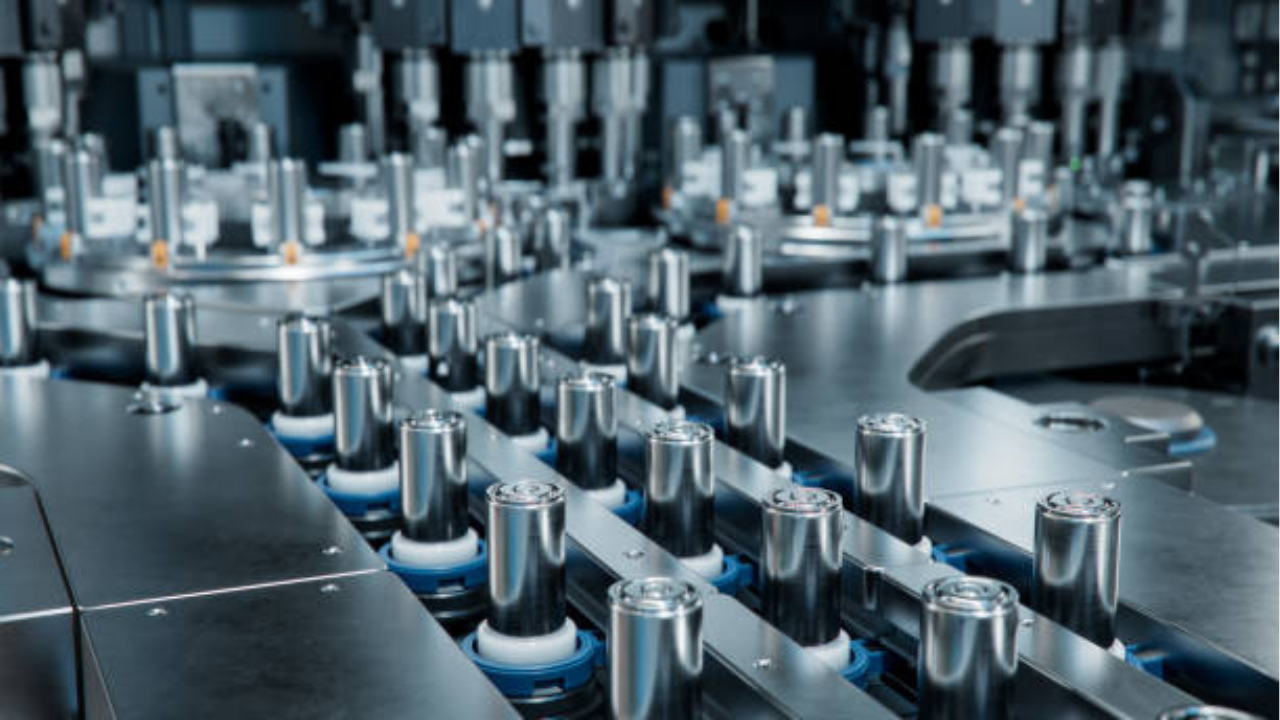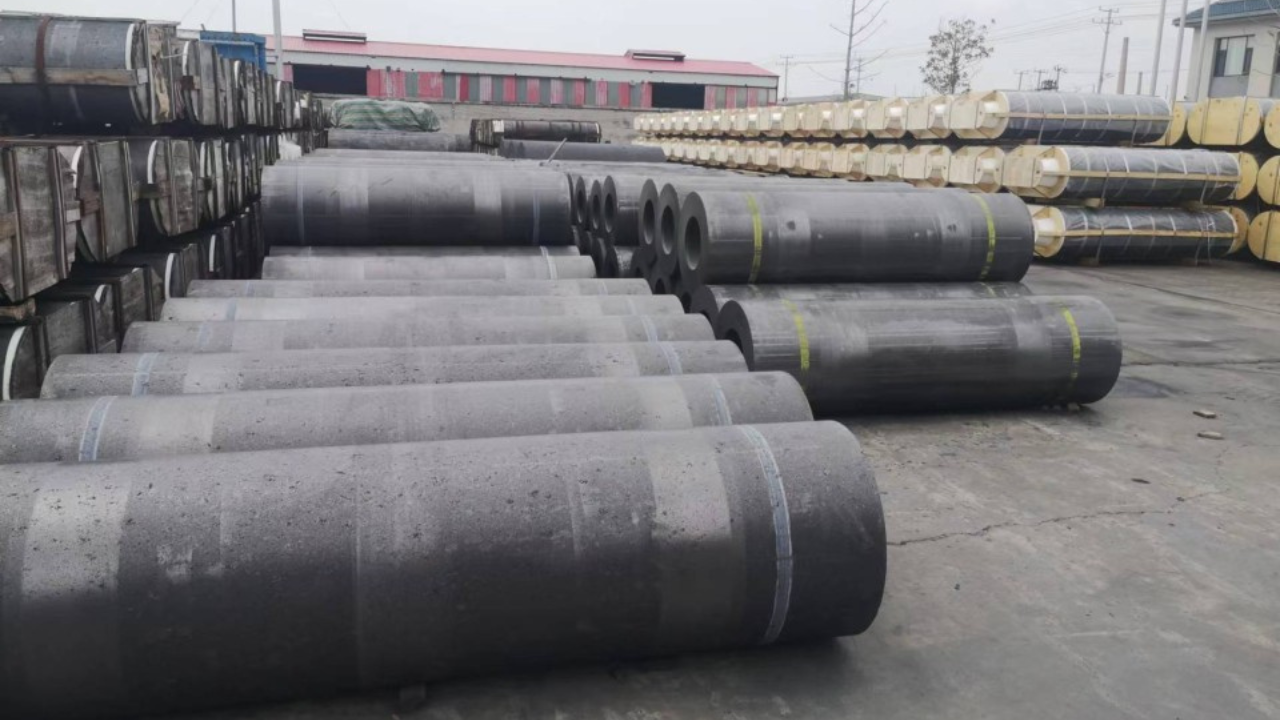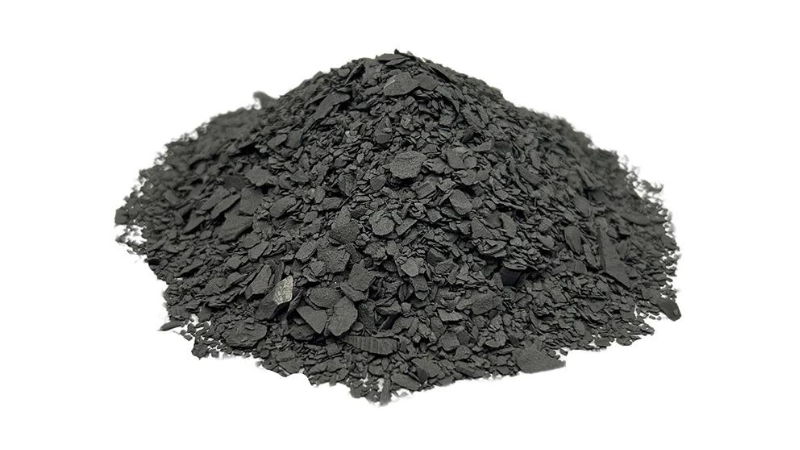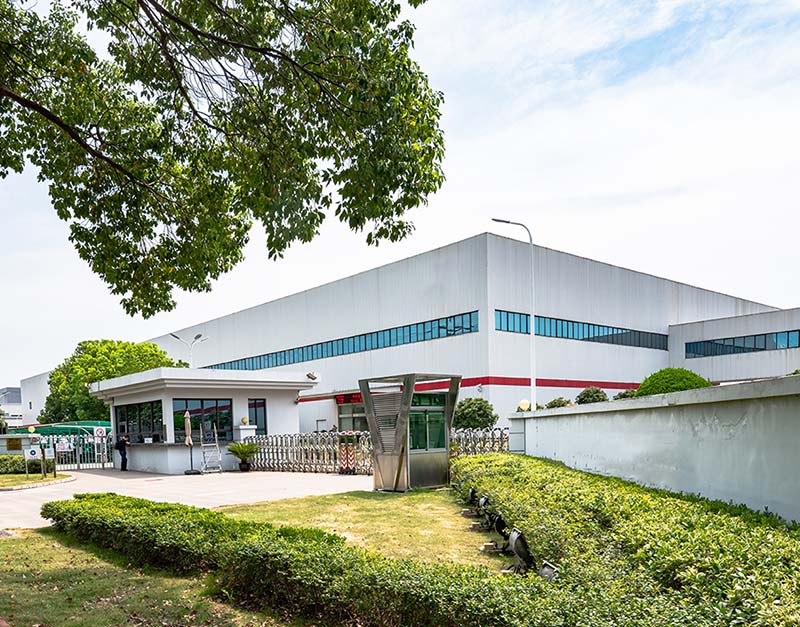Economic Considerations and Market Dynamics
Pricing Structure
| Grade Type | Price Range (USD/ton) | Key Applications |
|---|---|---|
| Standard Industrial | 2,000-5,000 | Lubricants, refractories |
| Battery Grade | 8,000-12,000 | Li-ion anodes |
| Ultra-High Purity | 15,000-20,000 | Semiconductor, nuclear |
| Specialty Forms | 20,000-30,000 | Aerospace, defense |
Market Drivers
-
Electric vehicle expansion: 65% of synthetic graphite demand growth
-
Energy storage systems: Grid storage applications increasing 25% annually
-
Electronics miniaturization: Thermal management requirements
-
Green technology: Hydrogen fuel cells and renewable energy systems
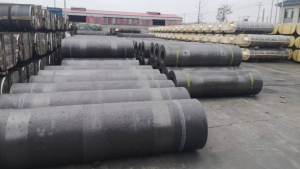
Advanced Applications and Implementation
Energy Storage Systems
-
Lithium-ion battery anodes:
-
Capacity: 330-360 mAh/g
-
Cycle life: >1000 cycles at 80% capacity retention
-
Efficiency: >99.5% Coulombic efficiency
-
-
Fuel cell components:
-
Bipolar plates with <10 mΩ·cm² resistivity
-
Chemical stability in acidic/alkaline environments
-
Industrial Processing
-
Metallurgical applications:
-
Graphite electrodes for EAF steelmaking (consumption 1.2-2.0 kg/ton steel)
-
Continuous casting dies and molds
-
-
Electrochemical processes:
-
Aluminum production cathodes
-
Chlor-alkali process electrodes
-
Advanced Composites
-
Polymer composites: 20-30% weight reduction with enhanced conductivity
-
Thermal management systems: Heat spreaders with 500-800 W/m·K conductivity
-
Structural components: High-temperature fixtures and tooling
Quality Standards and Certification
International Specifications
-
ISO 80000 series: Material properties and testing methods
-
UL 94 V-0: Flammability resistance
-
RoHS/REACH compliance: Restricted substance management
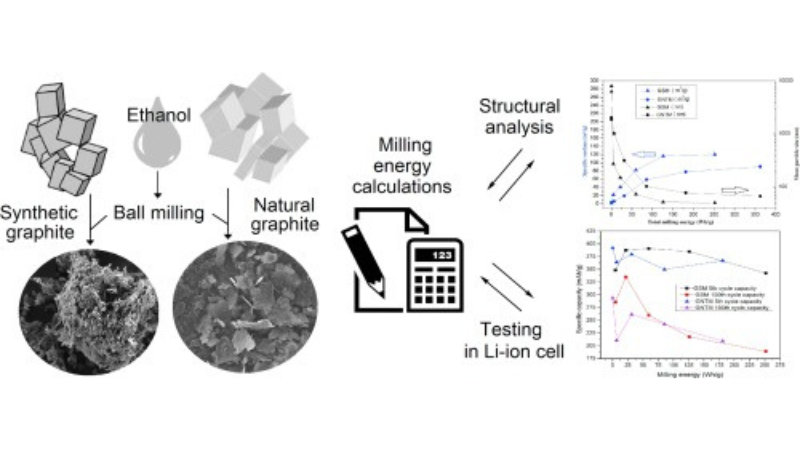
Industry-Specific Certifications
-
Automotive: IATF 16949 for battery materials
-
Aerospace: AS9100 for structural components
-
Medical: ISO 13485 for implantable devices
Technical Comparison: Natural vs. Synthetic Graphite
| Parameter | Synthetic Graphite | Natural Graphite |
|---|---|---|
| Purity (%) | 99.95-99.999 | 94-99 |
| Crystallinity | Highly ordered | Variable |
| Consistency | Excellent | Moderate |
| Cost Factor | 1.5-3.0× | 1.0× |
| Battery Performance | Superior cycle life | Higher capacity |
Future Outlook and Development Trends
Material Innovations
-
Nano-engineered graphite: Enhanced ionic conductivity for fast-charging batteries
-
Composite structures: Graphene-enhanced synthetic graphite
-
Functionalized surfaces: Improved compatibility with polymer matrices
Sustainability Initiatives
-
Closed-loop recycling: 95% material recovery efficiency
-
Energy-efficient production: 30% reduction in graphitization energy requirements
-
Carbon footprint reduction: Lifecycle assessment implementation

Emerging Applications
-
Quantum computing components: High-purity graphite for qubit support structures
-
Space technology: Thermal protection systems for re-entry vehicles
-
Advanced nuclear systems: Moderator and reflector materials
Selection Considerations and Technical Support
Material Selection Guidelines
-
Purity requirements: Based on application criticality
-
Structural needs: Isotropic vs. anisotropic properties
-
Economic factors: Total cost of ownership calculations
-
Regulatory compliance: Industry-specific requirements
Technical Partnership Benefits
Companies like East Carbon provide:
-
Application engineering support
-
Custom material development
-
Quality assurance programs
-
Global supply chain management
This comprehensive technical overview demonstrates why synthetic graphite remains an indispensable engineering material across multiple high-technology sectors, with continued innovation driving performance improvements and expanding application possibilities.

